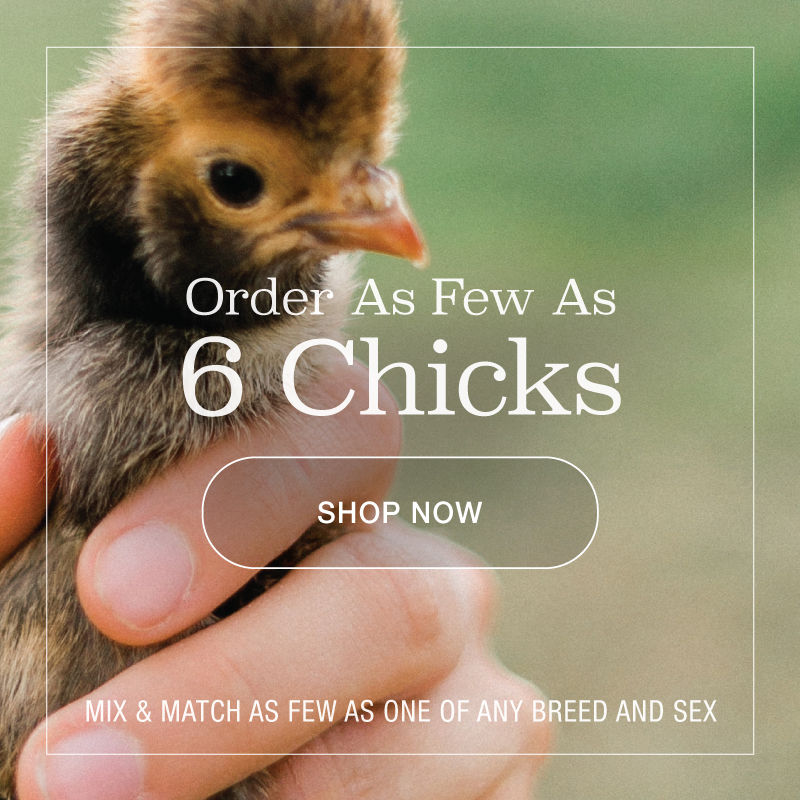Note: In his recent book, FIELDS OF FARMERS: INTERNING, MENTORING, PARTNERING, GERMINATING, Joel Salatin describes multi-generational, symbiotic farming opportunities.
With the average American farmer nearing 60 years old and half of all farmland slated to change hands within the next 15 years, we have both an unprecedented problem and an unprecedented opportunity. The problem, of course, is inter-generational succession: who will farm this land?
The opportunity is that half of all U.S. agriculture assets are owned by people 60 years old and up, which means that multi-generational partnerships are ripe for development. It means that land, buildings, and machinery are not being utilized as much as they could be.
When we look at economic sectors, if young people can’t get in, then old people can’t get out. That’s exactly what we have in today’s farming conundrum. Many farmers are nearing their exit, but too few are coming on behind them to fill those vacancies. We desperately need incoming opportunities, or what I call gateway enterprises, that
are easy for young farmers to enter. Healthy economic sectors need fluidity between the generations to create ultimate sustainability.
As I see it, direct marketed pastured poultry is one such gateway. The reason is that Americans are eating chicken: it’s an everyman, everyday food, not some exotic once-in-awhile food tasting experiment. The bigger the buying pool, the more marketable the product.
Second, poultry is a low capital enterprise. You don’t need much acreage, much infrastructure, or much equipment. With portable shelters and lightweight electric netting or feed trailers, you can get in with minimal investment.
Third, poultry enjoys a quick cash turnaround. Goodness, an eight week broiler start to finish is about as fast as a radish. That means a well-run enterprise can cash-flow expansion and the payback on initial investment is quick. Compare that to even a whole-season grain crop or something long like cattle.
Fourth, poultry is family friendly. You don’t have to worry about a wayward bull running over a child. Even if a chicken pecks your finger, it may hurt, but it won’t break skin or send you to the emergency room. Even a child is bigger than a chicken.
Fifth, the inputs for poultry are easy to find. With many good hatcheries to choose from and plenty of cottage-scale processing equipment now available, entering the business is easy and not daunting.
As a complementary business to an existing farm operation, perhaps nothing is more versatile than pastured poultry. Whether a farm is orcharding, cropping, or livestocking, pastured poultry enterprises fit symbiotically into the landscape without competing with the mother business. That means that literally all the production currently
concentrated in poultry factories could be divested throughout America’s farmland on decentralized entrepreneurial operations operated by a new generation of self-starting farmers who don’t have high capitalization costs.
In such a scenario, older farmers who desperately need young blood would enjoy the enthusiasm, ideas, and energy of these partnering farmers. Both generations benefit and the whole society enjoys soil building, landscape healing pastured poultry. How many young people–and some not so young–sit at their Dilbert cubicles every day
dreaming about a full-time farming enterprise? It’s doable. The time is now. Never has the opportunity beckoned as temptingly. It’s time to answer the call and do it. Now is the time to build these successional, sustainable, multi-generational partnerships.



The alternative is the unthinkable — Monsanto controls the food supply.
Hopefully as people become aware, there will be alternatives.